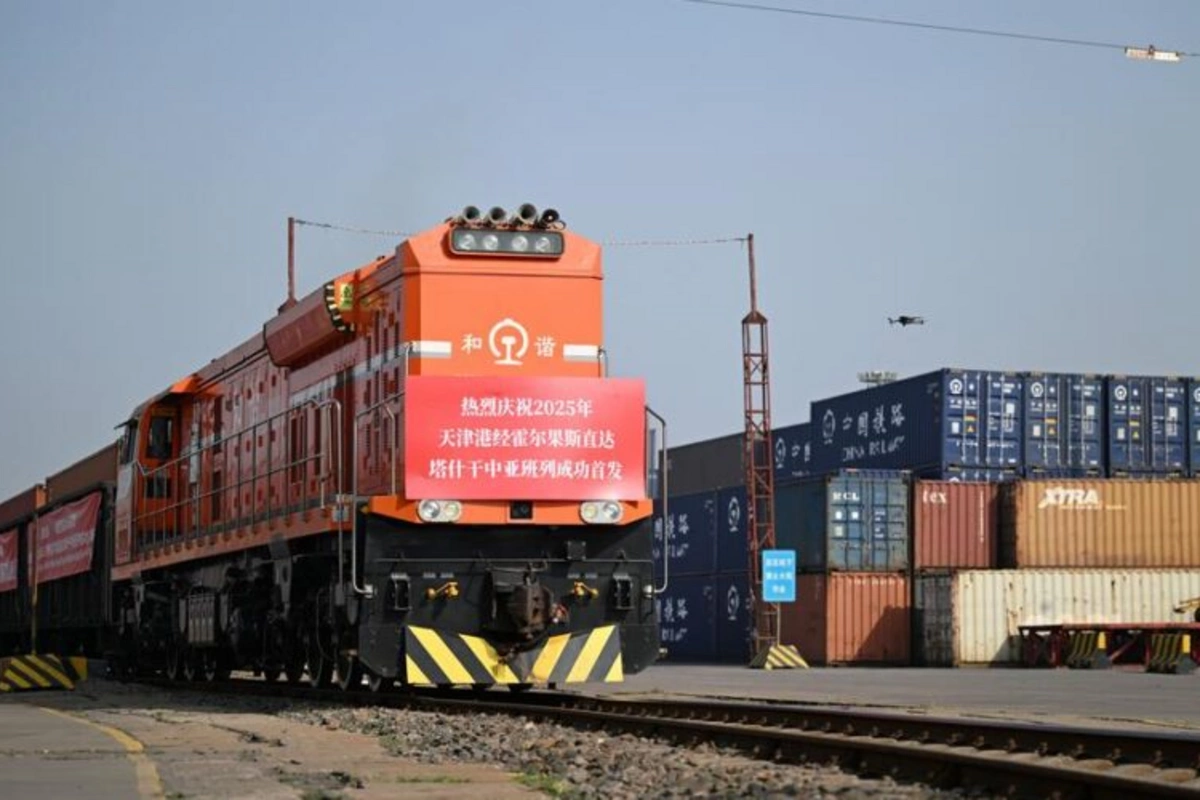
Photo credit: porttechnology.org
The first Tianjin-Central Asia freight train service of 2025 departed from the northern Chinese port city of Tianjin on May 20, en route to Tashkent, Uzbekistan.
The train is transporting 50 maritime-transited containers from the Republic of Korea, containing auto parts, machinery equipment, construction materials, and household appliances, The Caspian Post reports citing foreign media.The train will stop over at Horgos Port in Xinjiang and is expected to arrive in Tashkent in approximately 14 days.
China remains Uzbekistan’s largest trading partner and primary import source, with mechanical and electrical products making up the majority of Uzbekistan’s imports.
“The containers were loaded within a week after reaching Tianjin Port by sea. Compared to previous routes, the Central Asia freight train service reduces total logistics costs by 20 to 30 per cent,” said Zhao Lixun, Tianjin branch manager of Unico Logistics (Shanghai) Co., Ltd.
Zhao added that his company operates about 30 to 40 freight trains per month, transporting around 2,000 containers. “The port’s geographical advantages make it our preferred hub for Central Asia-bound cargo,” he said.
Avaz Kamalov, Chief Representative in China of Uzbekistan Railway JSC, said that the new service offers a shorter route: “This route shortens the journey by over 800 kilometres and paves the way for multimodal transport solutions, creating new opportunities for clients.”
To support the operation, Tianjin Port Group has optimised resource allocation to accelerate cargo handling.
Tianjin Xingang Customs implemented expedited clearance protocols, while China Railway Container Transport Corporation has enhanced cost efficiency through precise coordination of cross-border transport plans.
The Port of Tianjin recently expressed its willingness to assist in transforming the Port of Colombo, which is currently operating as a global container port, into a green port. The port has joined other major container ports across the world in launching efforts to become green ports to reduce carbon dioxide emissions.
Share on social media